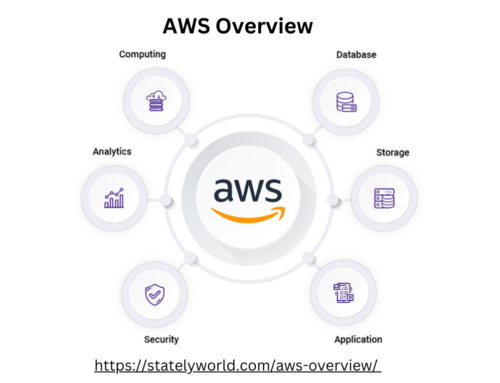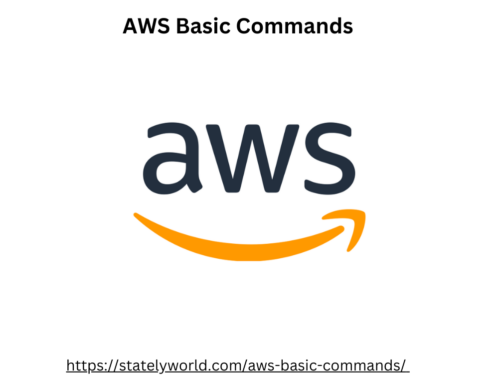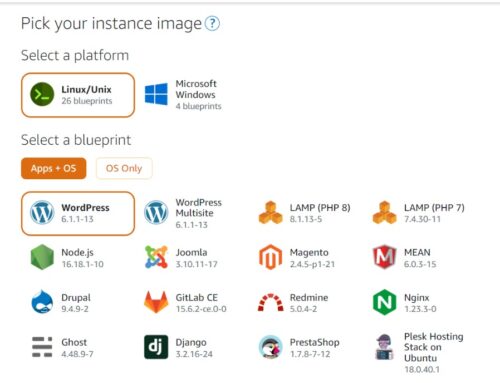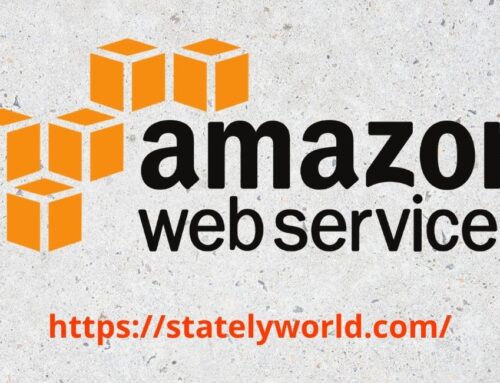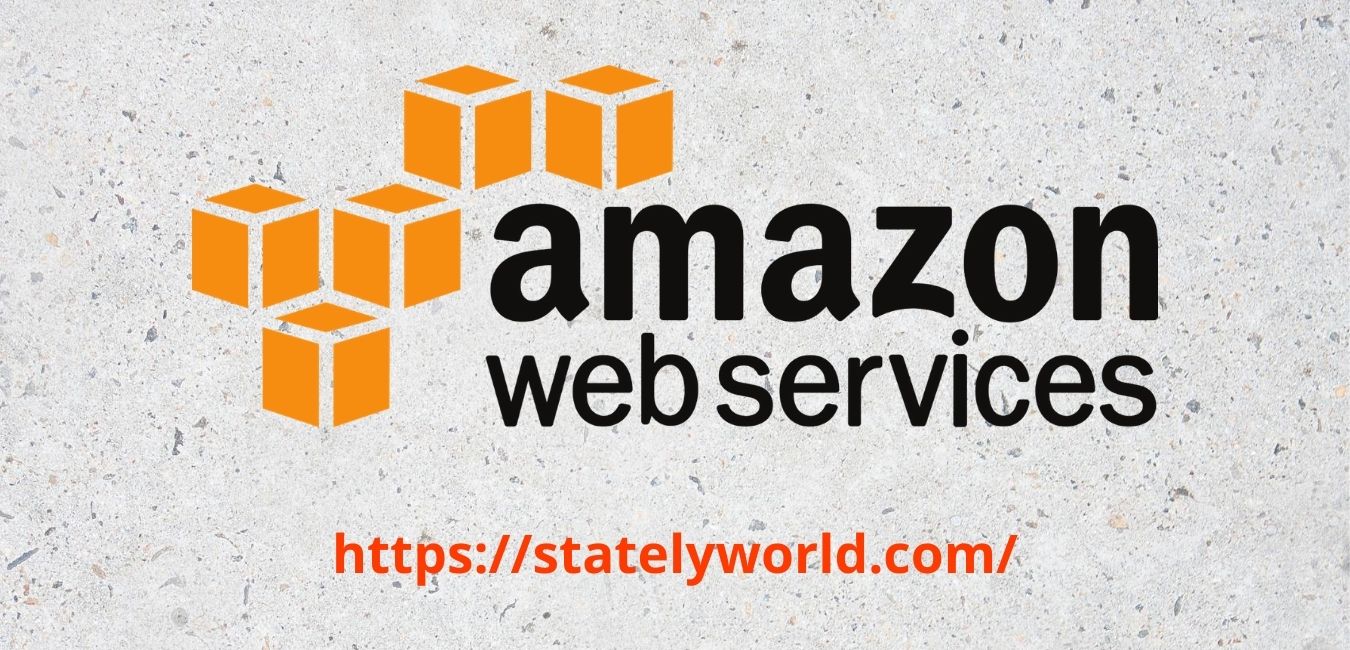
Q1. You ONLY want to manage Applications and Data. Which type of Cloud Computing model should you use?
Ans. Platform as a Service (PaaS) (In the Platform as a Service model, you only manage the data and the applications.)
Q2. What is the pricing model of Cloud Computing?
Ans. Pay-as-you-go pricing (In Cloud Computing, you are only charged for what you use.)
Q3. Which Global Infrastructure identity is composed of one or more discrete data centers with redundant power, networking, and connectivity, and are used to deploy infrastructure?
Ans. Availability Zones (This is the definition of Availability Zones.)
Q4. Which of the following is NOT one of the Five Characteristics of Cloud Computing?
Ans. Dedicated Support Agent to help you deploy applications (This is not one of the Five Characteristics of Cloud Computing. In the cloud, everything is self-service.)
Q5. Which are the 3 pricing fundamentals of the AWS Cloud?
Ans.Compute, Storage, and Data transfer out of the AWS Cloud (Compute, Storage, and data transfer out of the AWS Cloud are the 3 pricing fundamentals of the AWS Cloud.)
Q6. Which of the following is NOT an advantage of Cloud Computing?
Ans.Train your employees less (You must train your employees more so they can use the cloud effectively.
Q7. AWS Regions are composed of?
Ans. Two or more Availability Zones (AWS Regions consist of multiple, isolated, and physically separate Availability Zones within a geographic area.)
Q8. Which of the following services has a global scope?
Ans.IAM (IAM is a global service (encompasses all regions).
Q9. Which of the following is the definition of Cloud Computing?
Ans.On-demand availability of computer system resources, especially data storage (cloud storage) and computing power, without direct active management by the user (This is the definition of Cloud Computing)
Q10. What defines the distribution of responsibilities for security in the AWS Cloud?
Ans. The Shared Responsibility Model (The Shared Responsibility Model defines who is responsible for what in the AWS Cloud.)
Q11. A company would like to benefit from the advantages of the Public Cloud but would like to keep sensitive assets in its own infrastructure. Which deployment model should the company use?
Ans.Hybrid Cloud (Using a Hybrid Cloud deployment model allows you to benefit from the flexibility, scalability and on-demand storage access while keeping security and performance of your own infrastructure.)
Q12. What is NOT authorized to do on AWS according to the AWS Acceptable Use Policy?
Ans.Run analytics on stolen content (You can run analytics on AWS, but you cannot run analytics on fraudulent content. Refer to the AWS Acceptable Use Policy to see what is not authorized to do on AWS.)


